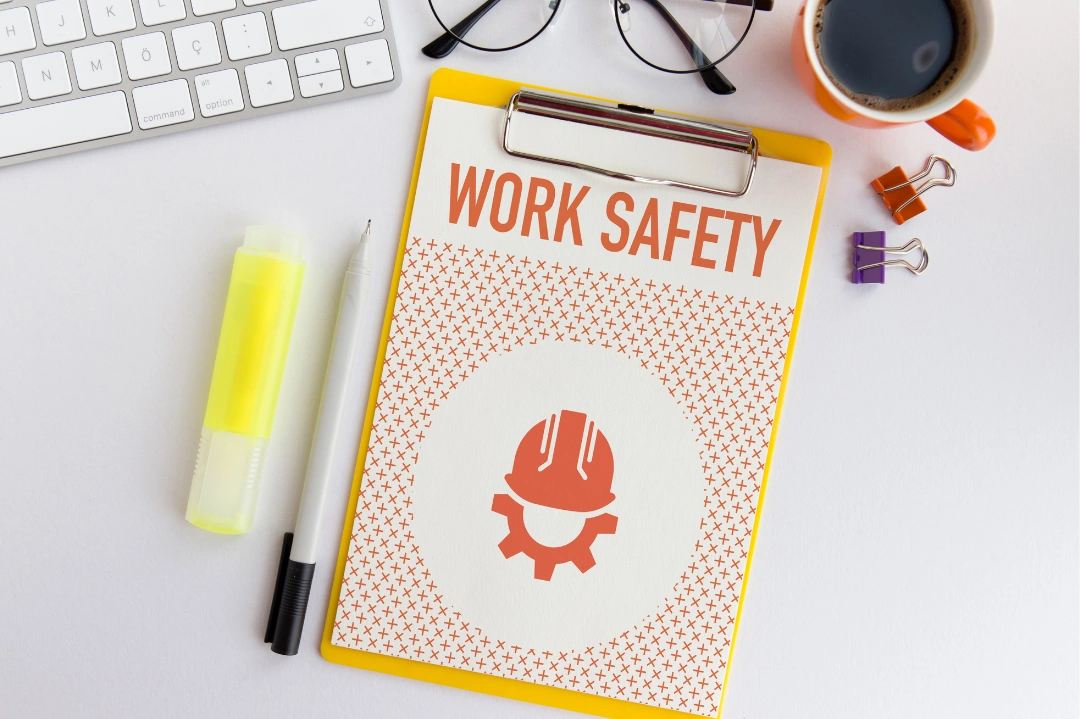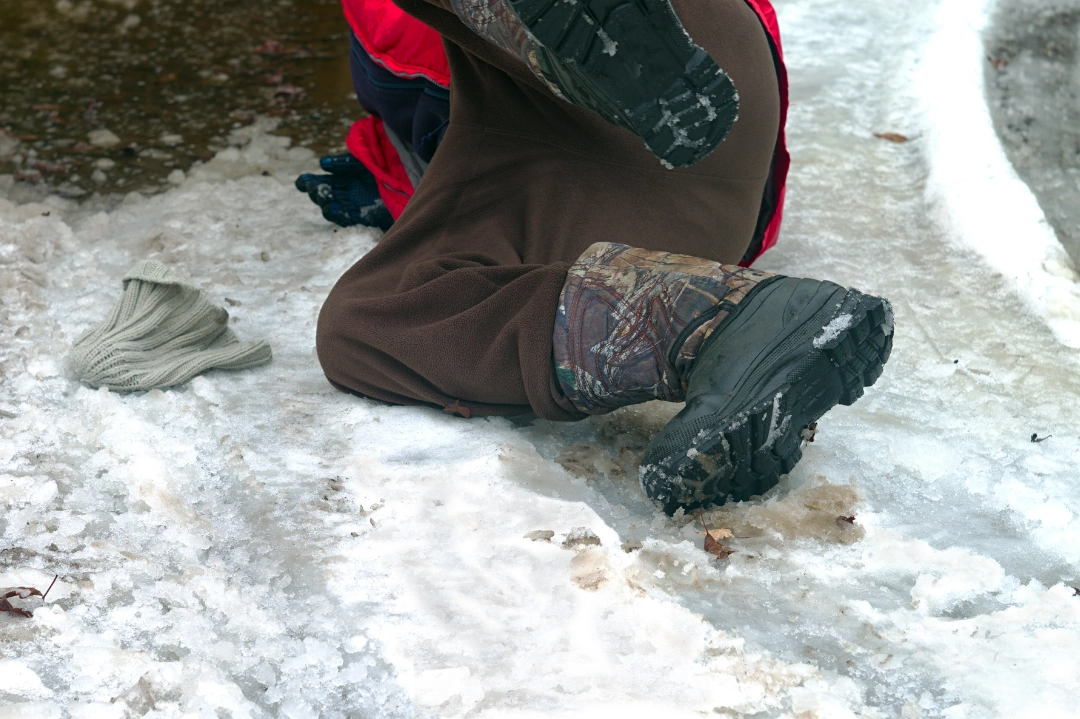
Environmental Health And Safety And Your Business
Employee safety is the biggest priority for businesses across the country, but how do you ensure that operations are safe and secure? Environmental Health and Safety (EHS) is a key component in addressing this challenge, focusing on protecting the environment and employee well-being. For businesses with lone workers, implementing EHS practices is needed to maintain a safe and compliant workplace. But what is EHS? What are its core elements? And how does it impact businesses that employ lone workers? Let's explore how employers can develop effective safety strategies that ensure compliance and effectively protect their workforce.
What Is Environmental Health And Safety (EHS)?
Environmental Health and Safety (EHS) is all about creating safe workplaces for employees and those responsible for the environment. It covers three main areas: environmental protection, occupational health, and safety.
Environmental protection involves reducing the environmental impact of business activities. This means managing waste, cutting down emissions, and following environmental laws. By focusing on this, businesses not only help the planet but also avoid legal troubles.
Occupational health involves ensuring employees' physical and mental well-being. It involves spotting health risks, such as exposure to harmful substances or poor ergonomics, and taking steps to address them. This focus can lead to fewer sick days and better productivity.
The Importance Of Environmental Health And Safety In The Workplace
Businesses with lone workers must prioritize Environmental Health and Safety (EHS). Effective EHS practices reduce workplace hazards and improve employee well-being by identifying risks and implementing preventive measures. This safeguards employees and boosts productivity by minimizing accidents and downtime.
A commitment to EHS also improves team member satisfaction and retention. Workers who feel safe and valued are more likely to stay, reducing turnover and associated costs. A strong safety culture also enhances a company's reputation, which attracts talent and clients.
Ignoring EHS standards can have serious repercussions. Without proper safety protocols, businesses expose employees to unnecessary risks, potentially leading to injuries or fatalities.
Challenges Faced By Lone Workers
Lone workers, like field technicians and delivery drivers, operate independently, often in remote or isolated settings. This lack of direct supervision brings unique challenges, highlighting the importance of strong Environmental Health and Safety (EHS) practices.
Isolation increases the risk of accidents and health issues. Without immediate help, minor incidents can escalate. A slip or fall, for example, might lead to delayed medical care, worsening the injury. Working alone can also heighten stress and mental health concerns due to limited social interaction.
Communication is another hurdle. Lone workers may find it hard to report hazards or get help quickly, complicating safety coordination and emergency responses. This gap can delay the implementation of safety measures.
Recognizing these vulnerabilities is necessary. Employers must integrate comprehensive EHS practices to mitigate risks, ensure the safety and well-being of their lone workforce, and foster a safe work environment.
Integrating EHS Into Businesses With Lone Workers
Employers of lone workers must prioritize integrating Environmental Health and Safety (EHS) principles to protect their workforce. Lone workers encounter distinct challenges that require tailored safety strategies. Businesses can effectively address potential hazards by using EHS practices specific to these workers, but the first step in safeguarding lone workers involves conducting comprehensive risk assessments. This means identifying hazards that are unique to the environments where lone workers operate, whether in remote rural settings or busy urban areas. These assessments should consider environmental conditions, the nature of the tasks, and the availability of emergency support.
After identifying risks, businesses need to implement strategies to mitigate them. This might involve equipping lone workers with suitable personal protective equipment (PPE), providing reliable communication tools, and setting up clear emergency response protocols. Regular safety drills and scenario planning can also prepare workers to handle emergencies effectively.
As work environments evolve, so do the risks faced by lone workers. Employers should regularly review safety procedures and incorporate worker feedback to improve safety measures.
Risk Assessment And Management
Ensuring the safety of lone workers starts with a detailed risk assessment. This involves pinpointing hazards specific to their work environments, including slippery floors, heavy machinery, and harsh weather or wildlife in remote areas.
After identifying these risks, a business should assess how likely they are to occur and how severe their impact could be. This helps prioritize which risks need immediate attention. Employers should focus on the ones that pose the greatest danger to health and safety.
Businesses should also develop risk management strategies. One strategy may be to provide workers with the proper personal protective equipment, like helmets or weather-resistant gear, to reduce physical risks. Another strategy may include providing reliable communication devices so workers can call for help if needed.
Regularly reviewing and updating risk assessments is the ideal way to adapt to new challenges and ensure safety protocols remain effective. By incorporating feedback from workers, businesses can refine their strategies. This maintains a safe environment and shows they are committed to employee well-being. This proactive approach protects lone workers and ensures compliance with Environmental Health and Safety standards.
Training And Communication
Practical training and communication are the most needed components of a successful Environmental Health and Safety (EHS) program for businesses with lone workers. Training should be specifically designed to address the unique challenges these workers face, ensuring they are prepared to handle different situations independently.
Training programs must cover all relevant EHS aspects for lone workers, including hazard identification, proper use of personal protective equipment, and emergency response procedures. Regular refresher courses help maintain up-to-date safety knowledge and emphasize the importance of EHS practices.
Clear communication channels also play key roles. Employers must establish reliable methods for workers to report hazards, receive updates, and contact emergency services. This might involve mobile apps, radios, or other devices that keep lone workers connected, even in remote areas.
Technology And Tools For Lone Worker Safety
Technology is a key player in improving lone worker safety. With advancements in digital tools, businesses can better monitor and protect employees, even those who are out of sight.
GPS tracking devices are particularly useful. They allow employers to monitor each worker's location in real time and dispatch help quickly if needed. Some devices also feature panic buttons for emergencies.
Emergency communication devices, such as satellite phones or two-way radios, help maintain contact in areas with poor cellular reception and can be lifesaving.
Legal And Regulatory Considerations
Compliance with environmental health and safety (EHS) is a legal requirement, but protecting employees and the business is also necessary. Regulations vary by region and industry but generally require employers to provide a safe working environment, including for those working alone. This involves conducting risk assessments, implementing safety measures, and ensuring adequate training.
Conclusion
Integrating environmental health and safety (EHS) practices into businesses with lone workers is necessary to keep them safe. By addressing the workers' unique challenges and implementing tailored EHS strategies, employers can create a safer work environment that minimizes risks and boosts productivity.
Read More From the Lone Worker Blog
How The Buddy System Can Keep Your Workers Safe

Keeping workers safe is a top priority, especially for those who perform their duties alone. Working without direct supervision brings added risk, whether in construction, home healthcare, maintenance, or remote fieldwork. That’s where the buddy system comes in.
Read MoreThe Dangers Of Black Ice In The Workplace

Black ice is a hidden workplace hazard that can catch even the most vigilant lone workers off guard. This invisible layer of ice forms on roads and walkways, making it a significant risk during the winter months. Employers must understand the dangers of black ice to prevent accidents and protect workers.
Read More


